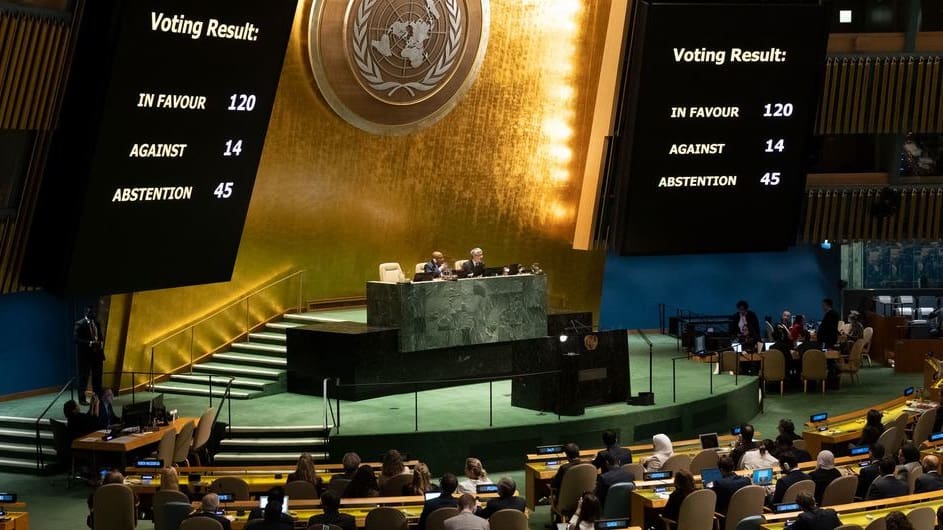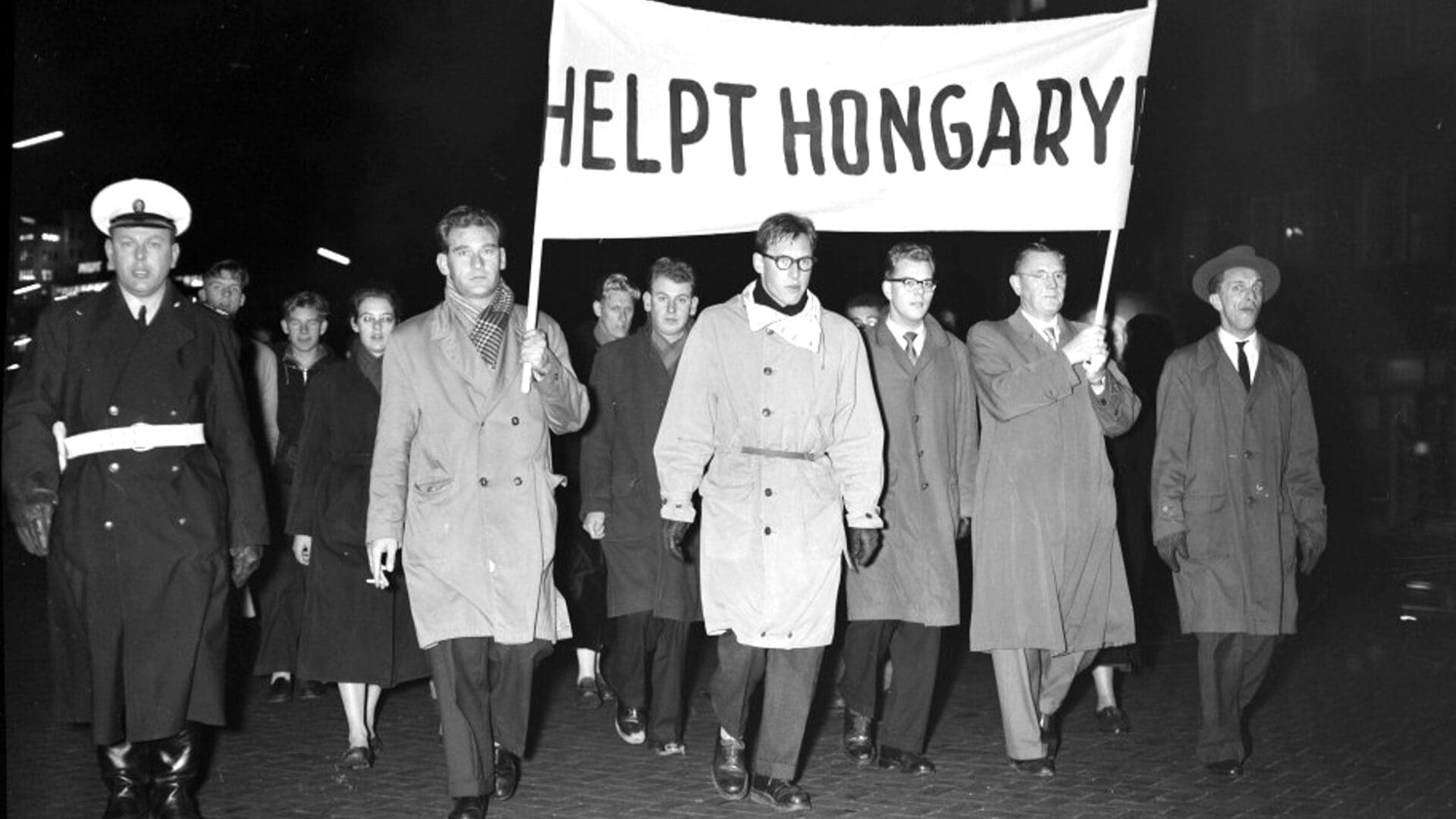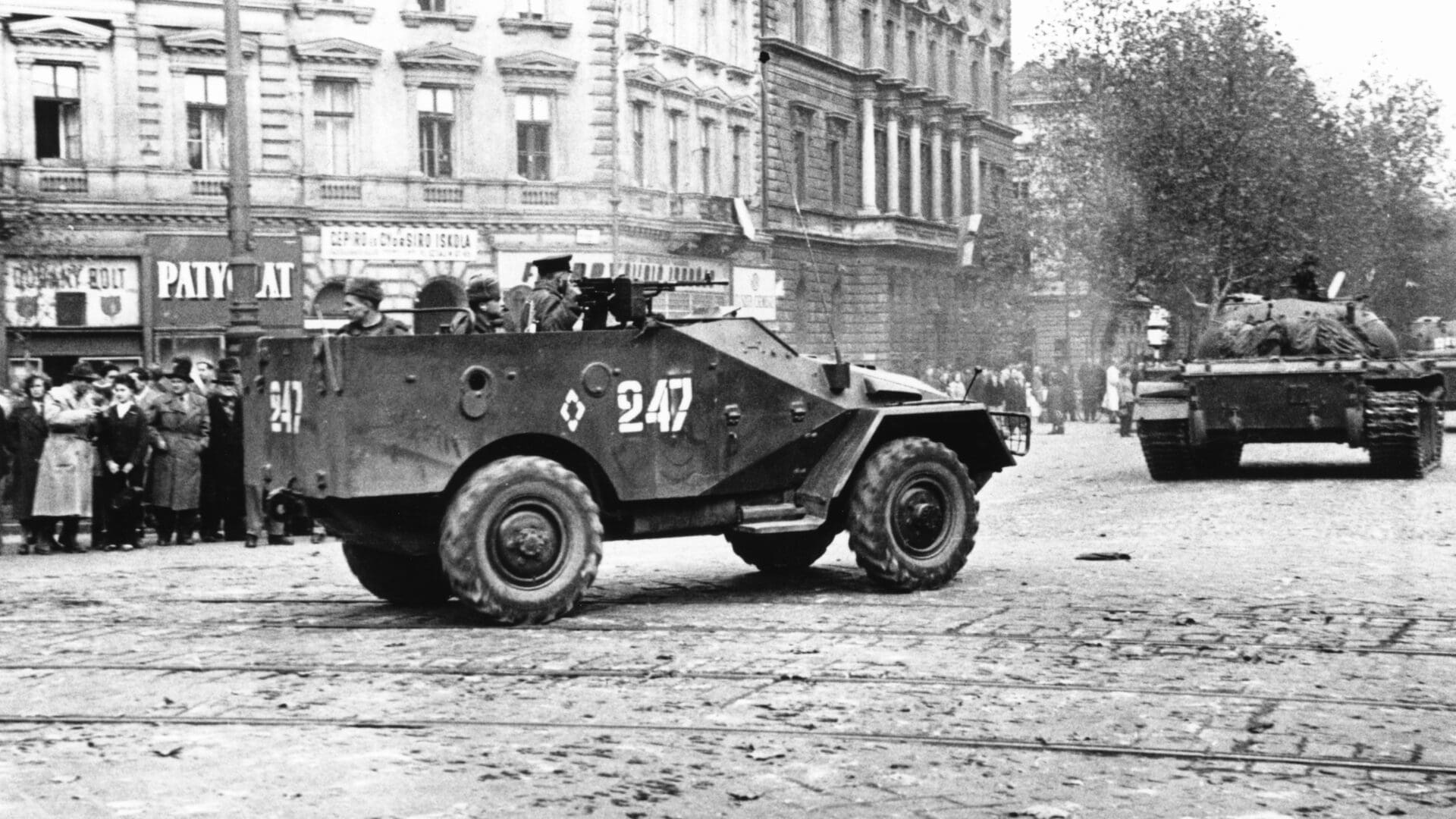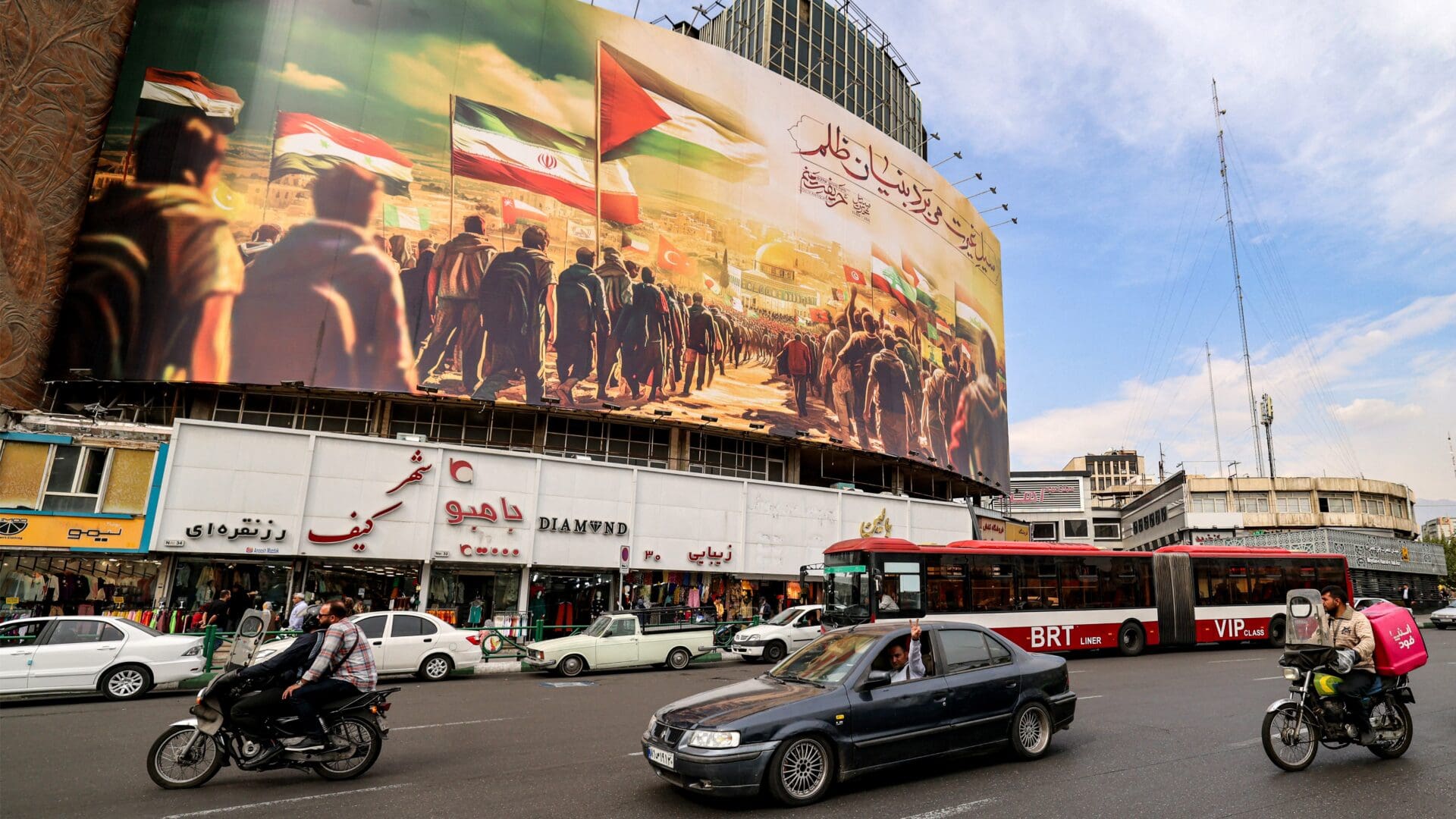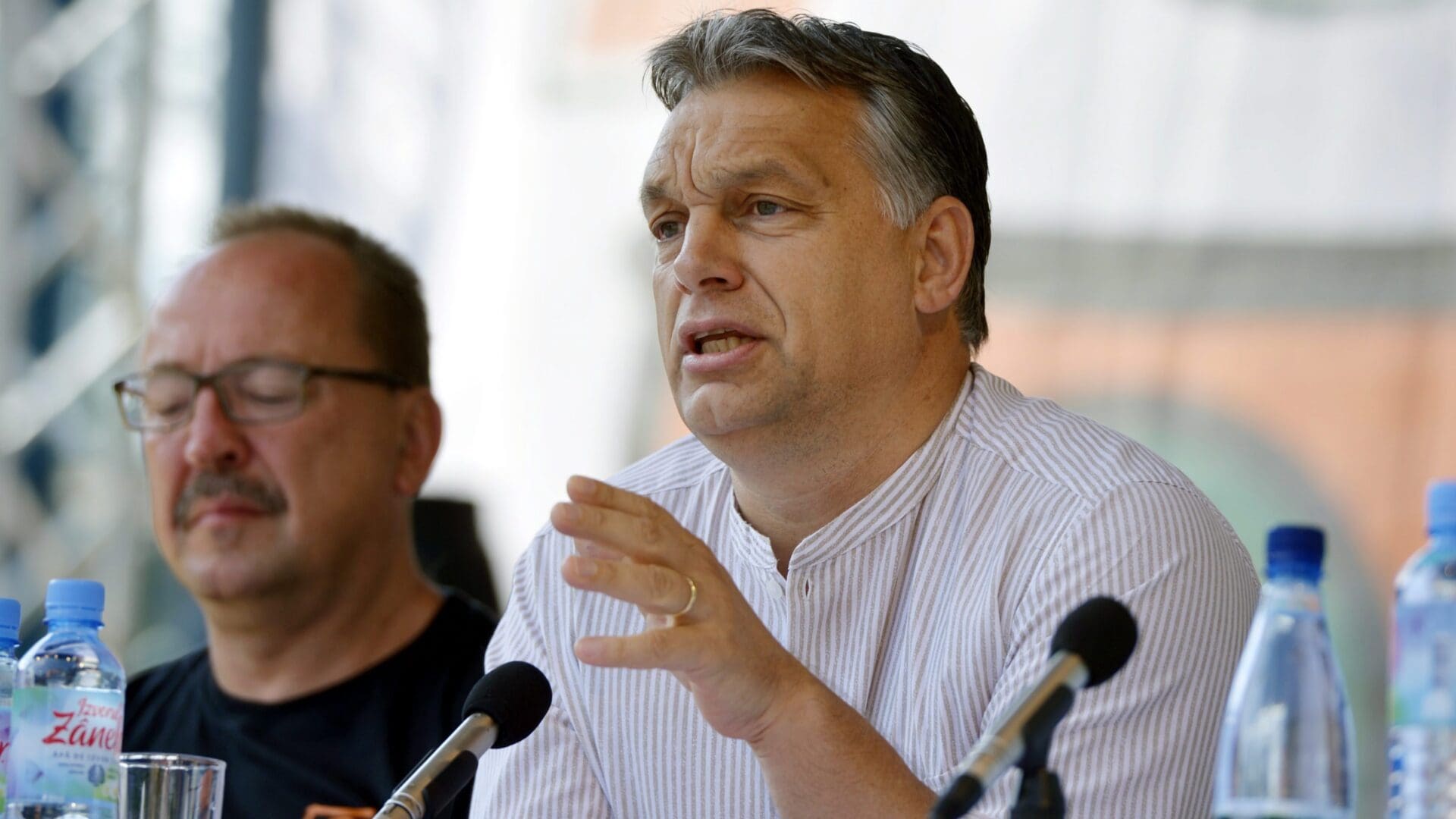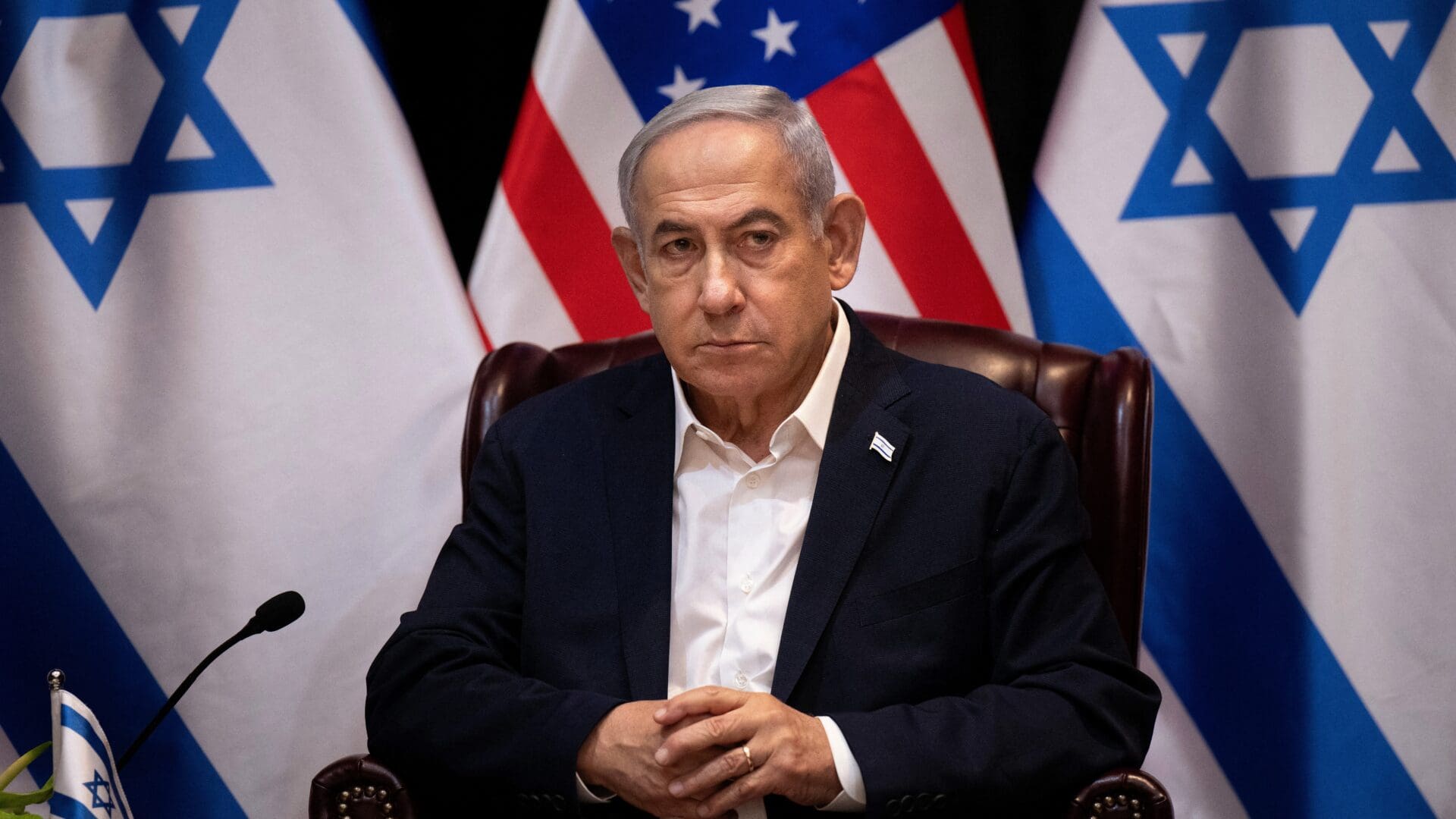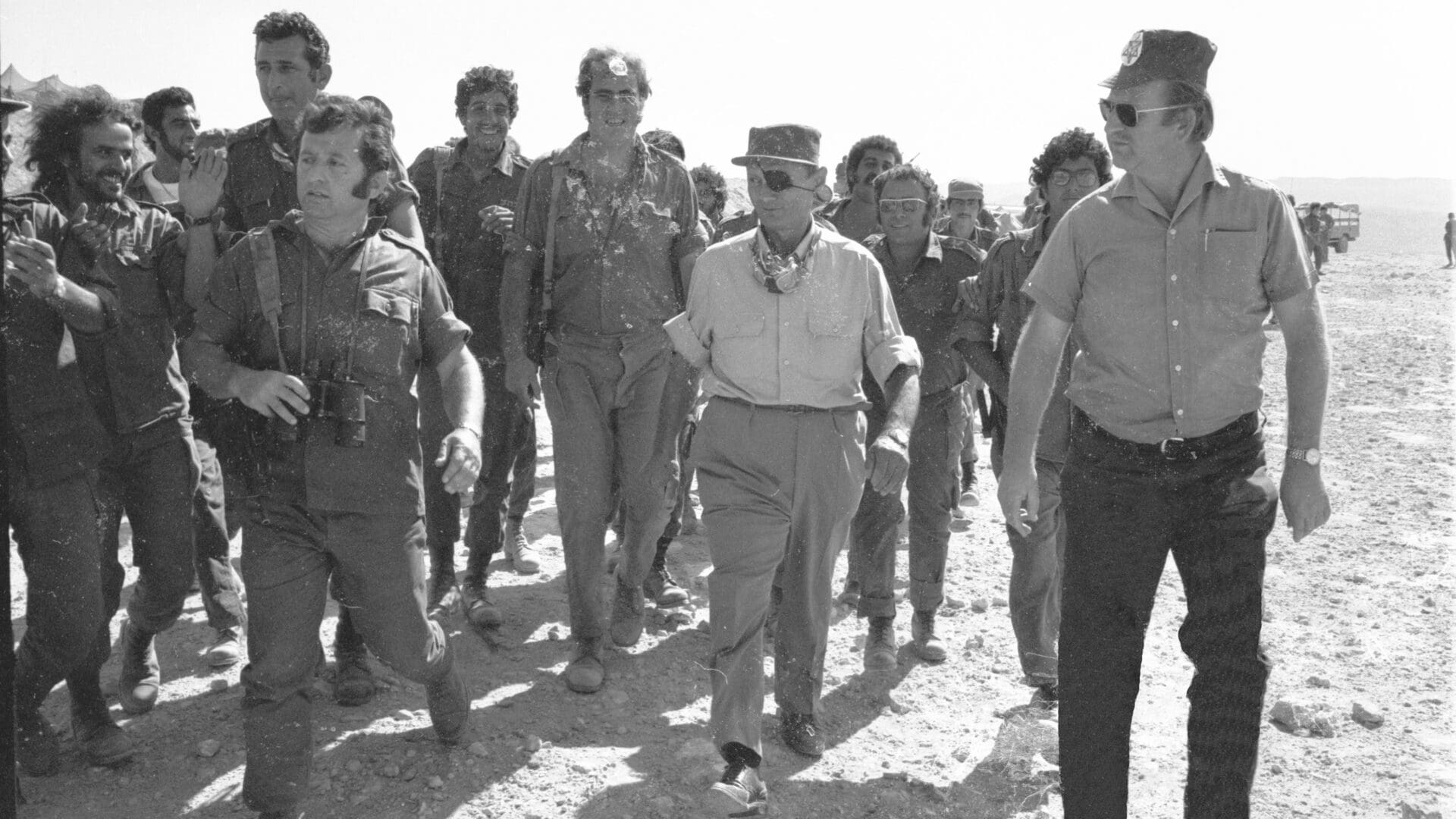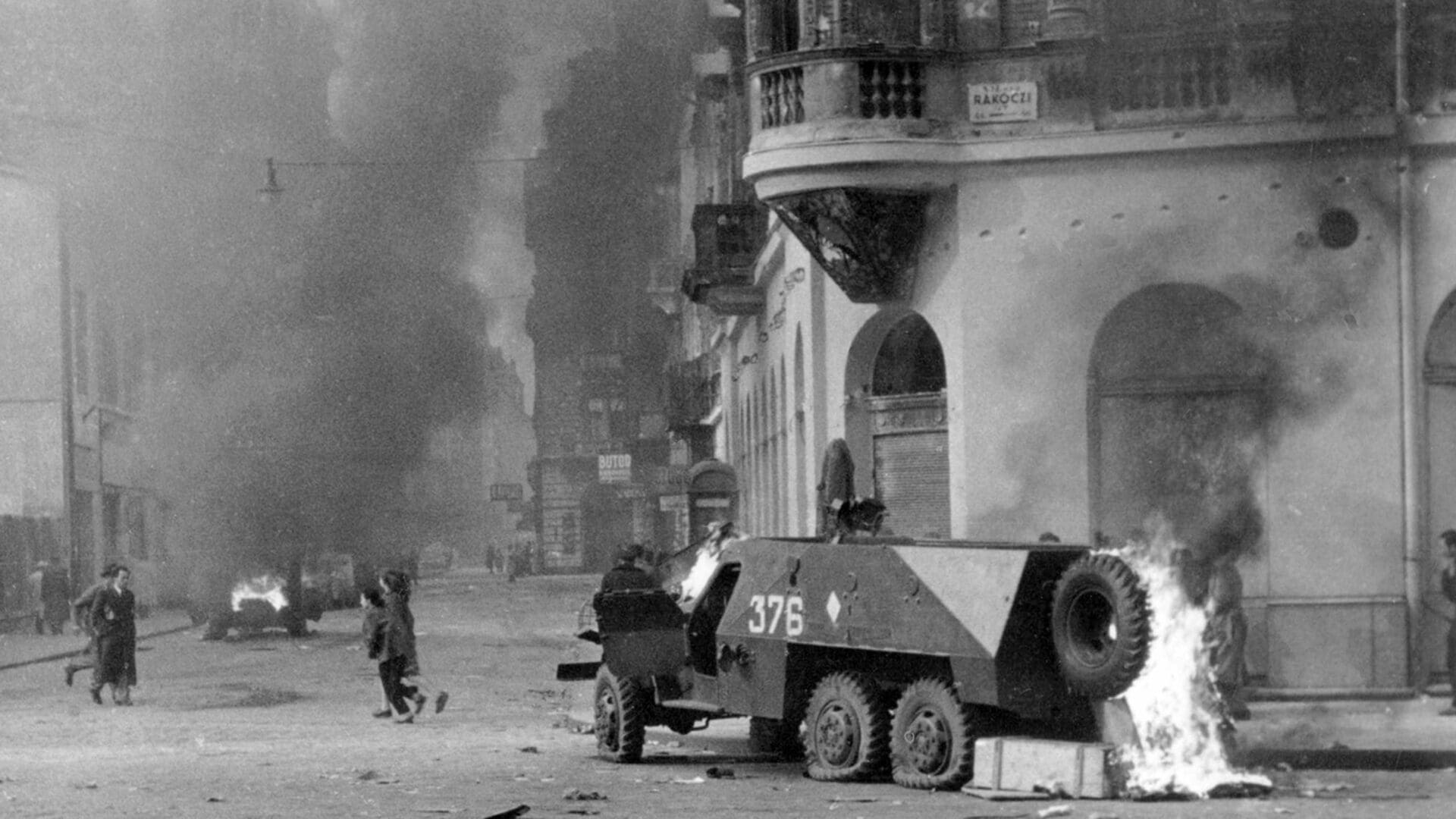
The Fate of the Uprising: 1956 between November and May
The events of the 1956 Revolution are quite well-known, at least in Hungary, as far as the beginning of it and the period of its brief triumph are concerned. What is less known is that the revolution was not fully suppressed on the day of the Soviet invasion on 4 November. Active, armed resistance lasted until 11 November, and civil disobedience, as well as sporadic outbursts of rebellion kept the Soviets from stabilizing their rule until the late spring of the next year.

